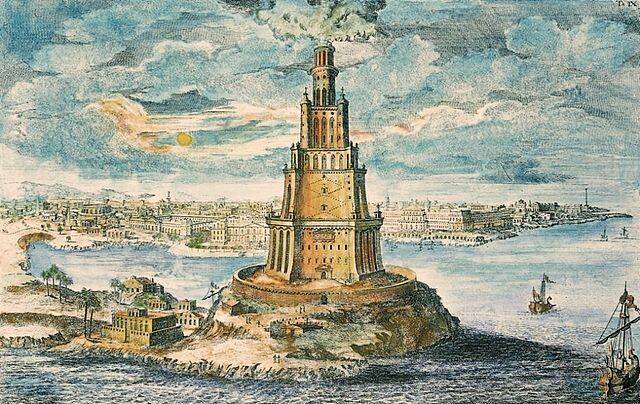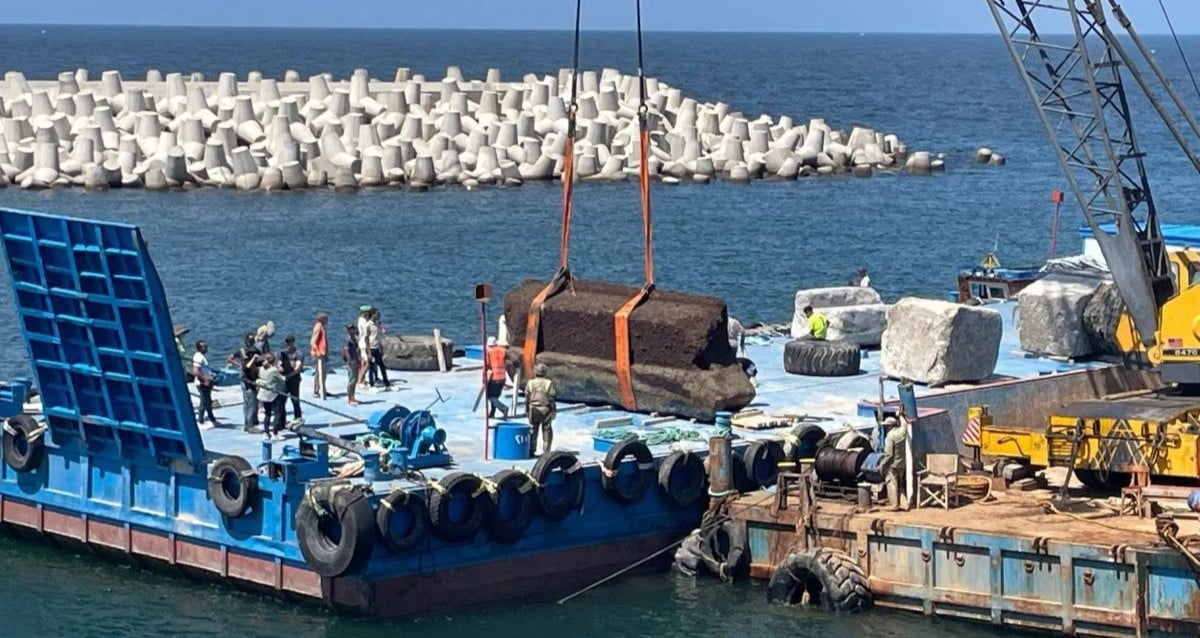Hidden Secrets of the Lighthouse of Alexandria Unearthed Beneath the Mediterranean Waves
PHAROS is made up of historians, numismatists, archaeologists, and architects using descriptions of the lighthouse from the fourth century B.C.E. through the 15th century C.E. to put together the reconstruction.
How The Lighthouse Of Alexandria Was Almost Lost To History

Wikimedia CommonsAn illustration of what the Lighthouse of Alexandria may have looked like during antiquity.
The Lighthouse of Alexandria, considered one of the Seven Wonders of the Ancient World, was built during the third century B.C.E. in the early years of the reign of Ptolemy I of Egypt, after he declared himself pharaoh.
Sitting on the island of Pharos near Alexandria’s harbor on Egypt’s Mediterranean coast, the lighthouse was one of the tallest man-made structures on Earth, standing at over 300 feet tall. Considered a technological marvel at the time of its construction, the lighthouse proceeded to stand tall for the next 1,600 years.
The lighthouse would face many earthquakes and other natural disasters, suffering structural damage from earthquakes in 796, 951, and 956 C.E.
But it was an earthquake in 1303 C.E. that proved to be the lighthouse’s ultimate demise. It caused enough damage for the lighthouse to cease operations, and another earthquake in 1323 then destroyed much of what was left of the structure.
After its destruction, the Lighthouse of Alexandria seemed to be lost to history — until it was rediscovered by archaeologists in the 20th century. Now, the PHAROS Project aims to shed light on the unique history and awe-inspiring structure of this historic lighthouse that once inspired wonder throughout the ancient world.












Post Comment